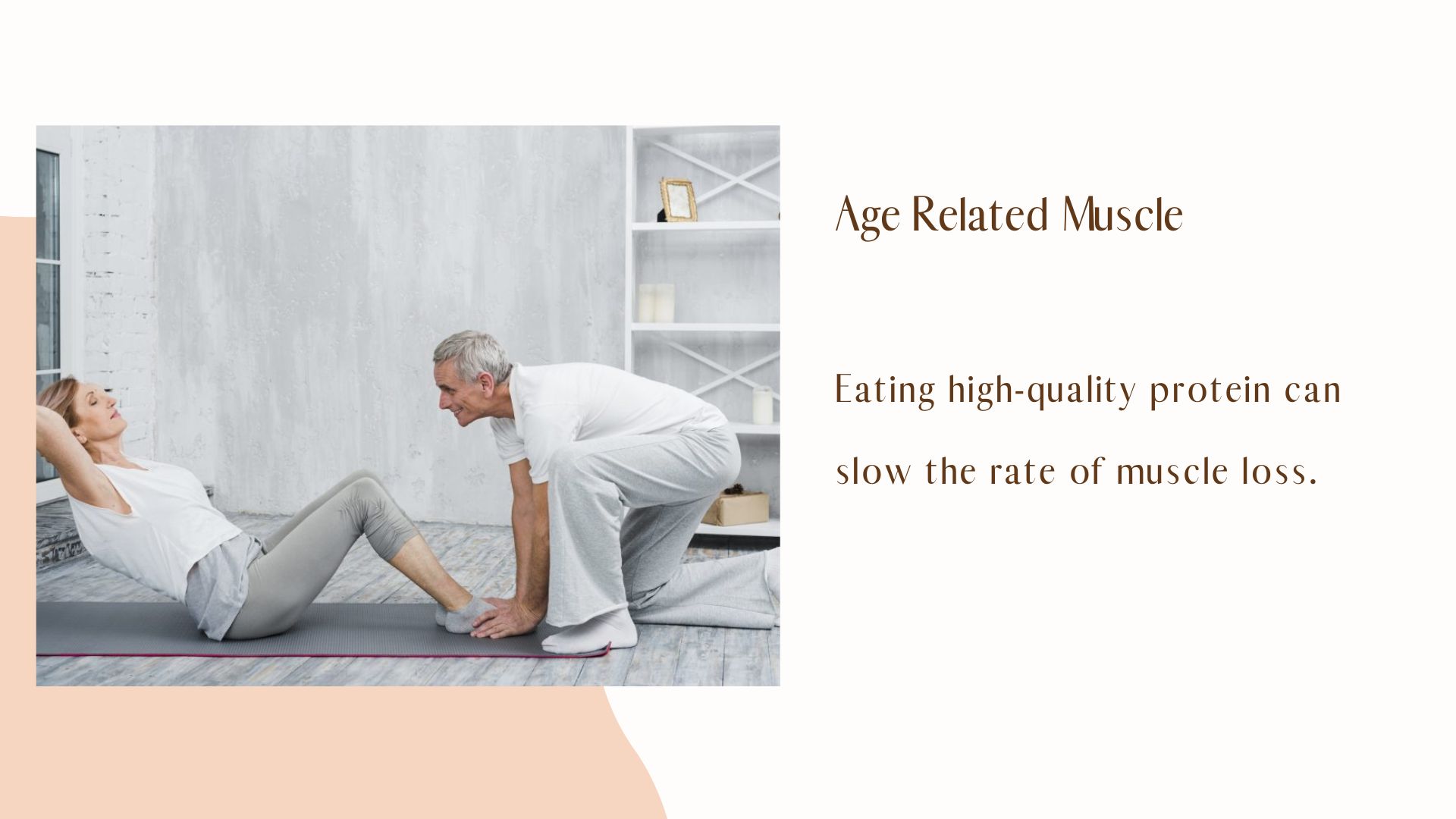Age Related Muscle [Prevention of Loss] – The USA Meds

If you’re looking to prevent age-related muscle loss, you have several options. These include nutrition, exercise, and Vitamin D. This article will cover COVID-19 restrictions and the benefits of vitamin D. You’ll also find a few tips for COVID-free workouts. Pain O Soma 350 Mg causes muscle relaxation. Effectively relieves pain.
Exercise
Research shows that exercise can prevent age-related strength loss and even reverse it. Exercise helps maintain lean body mass, reduce body fat, and improve immune and cardiovascular systems. These benefits make exercise a fundamental part of any therapy for age-related sarcopenia. There are many ways to exercise, from aerobic exercises to strength-training.
It’s important to remember that muscle loss is the result of a breakdown in the neurological signals that control muscle growth and loss. The anabolic response helps build muscle; the catabolic response decreases muscle size. As we age, we lose muscle mass due to an imbalance between these signals. Muscle loss can affect our daily activities, making it more difficult to perform everyday tasks.
Nutrition
Nutrition is important for maintaining muscle mass and strength and can help to prevent age-related muscle loss. Vitamins and minerals help the body build and maintain strong bones, which help protect the internal organs and provide support for muscles. However, the absorption of these nutrients decreases as we age. Luckily, there are several ways to make sure you’re getting the proper amount of these nutrients.
Dietary vitamin C can help protect against age-related muscle loss. Research has shown that vitamin C may help to prevent age-related muscle loss, as it protects cells from damaging free radicals that contribute to cellular damage. Prosoma 500 Mg is used to treat pain caused by musculoskeletal injury or excessive muscle spasm.
Vitamin D
A new study has revealed that age-related muscle loss can be prevented by vitamin D supplementation. The study, led by Dr Andrew Philp from the Garvan Institute of Medical Research, used experimental models to study the effects of a vitamin D deficiency on mitochondria in skeletal muscle cells. These mitochondria are responsible for converting nutrients into energy and powering our daily movements.
Researchers assessed muscle strength and physical performance in older adults using hand grip strength tests and the Timed-up-and-go test (time taken to stand up from a chair, walk 3 m in a straight line, sit back on a chair). Men in the lowest vitamin D quartile had a higher rate of age-related muscle loss. However, the difference in physical performance was not significant.
Age-Related Muscle Loss
May accelerate age-related muscle loss and other aging processes, such as sarcopenia. However, regular physical activity can combat the second wave of the disease.
While muscle wasting is a potentially debilitating disease, some research suggests that greater physical fitness can reduce the effects of the infection. To that end, many researchers have called for practical recommendations to promote physical fitness during this pandemic.
Testosterone declines with aging
Testosterone is the male hormone that helps maintain the quality of strength tissue. In older people, this hormone declines, which causes the body to lose muscle mass. In some cases, this can lead to a variety of health problems, including sarcopenia, a progressive condition that results in decreased muscle mass and decreased muscle function. The good news is that there are several ways to prevent muscle loss in older people, including using testosterone supplements.
A recent study found that testosterone replacement led to modest improvements in strength mass and lean mass. The men who received testosterone for 3 years experienced a slight increase in strength and lean body mass. This study also revealed improvements in stair-climbing power and chest-press strength. Its findings may also shed light on the role of testosterone in the aging process.
Mitochondrial dysfunction
strength mitochondrial dysfunction is a critical factor in aging and age-related strength weakness. It is also associated with insulin resistance. A new study suggests that a protein call may protect against age-relat strength loss by improving strength mitochondrial function. transcription factors are known targets of insulin and influence the expression of genes involved in aging. In the study, mice carrying a gene deletion significantly increased lean body mass and strength weight compared to age-matched controls.
The quality of mitochondrial function is crucial for regulating strength mass and performance. Aging impairs the function of mitochondria, causing them to become unable to adapt to high levels of oxidative stress. Various studies have linked poor strength mass with age-related disorders and increased risk of premature death. However, exercise remains the best way to improve mitochondrial plasticity and prevent age-related strength loss.
Lack of activity
Scientists are beginning to comprehend the relationship between inactivity and age-related strength decline. This issue is a significant contributor to physical weakness, particularly among the elderly. Less strength mass equals diminished strength, movement, and autonomy. Furthermore, it has been associated with premature mortality. Newer research indicates, however, that physical activity can counteract this process.
Lack of physical activity can lead to a metabolic crisis – a period when strength mass and strength are decreas. This can occur when people are bedridden or hospitalized. The onset of this metabolic crisis in older adults may be a significant issue, but the good news is that age-related muscle loss can be prevented. Regular exercise, such as resistance training, helps keep strength strong. In addition, regular walking also helps prevent strength loss.





